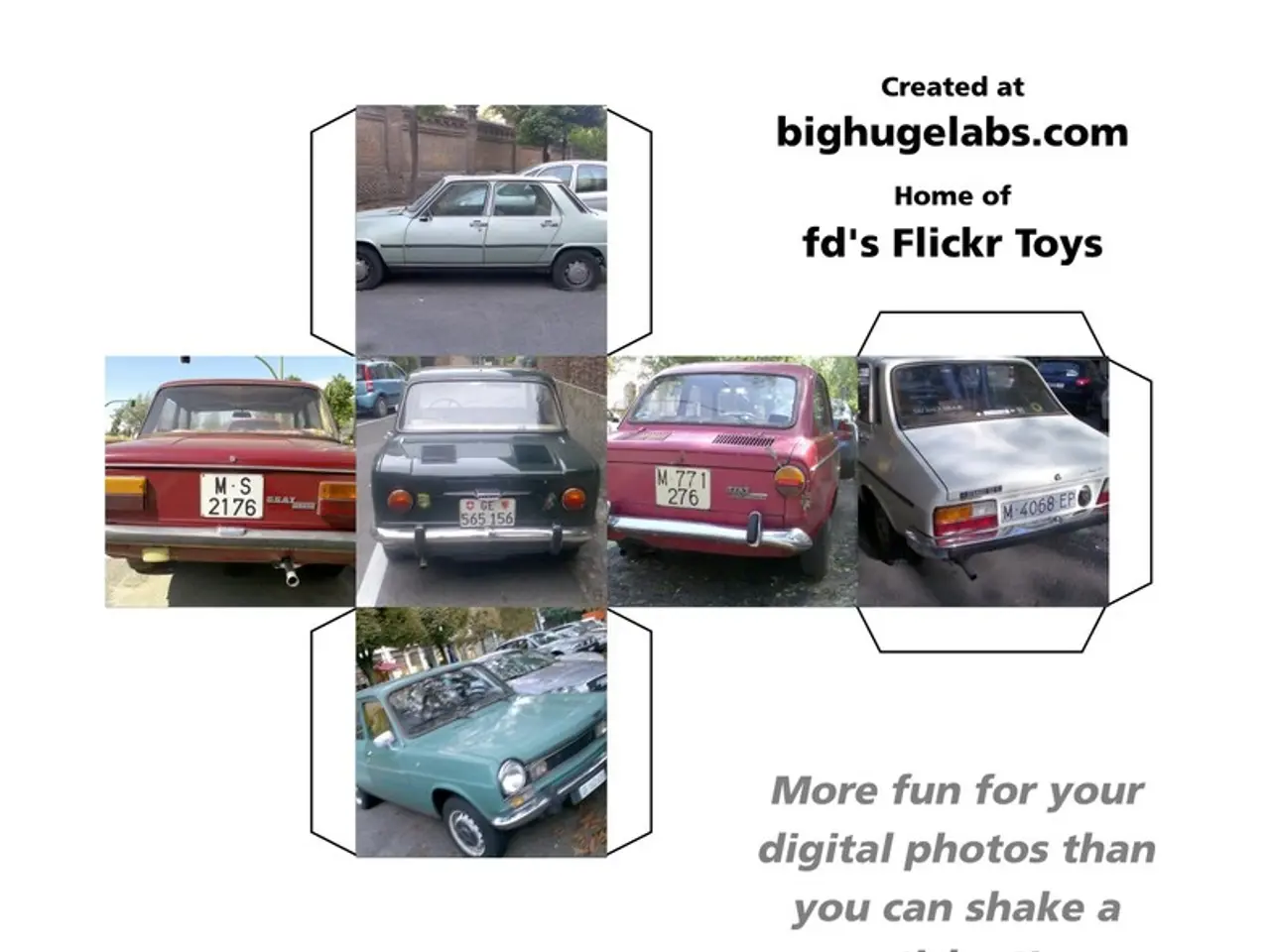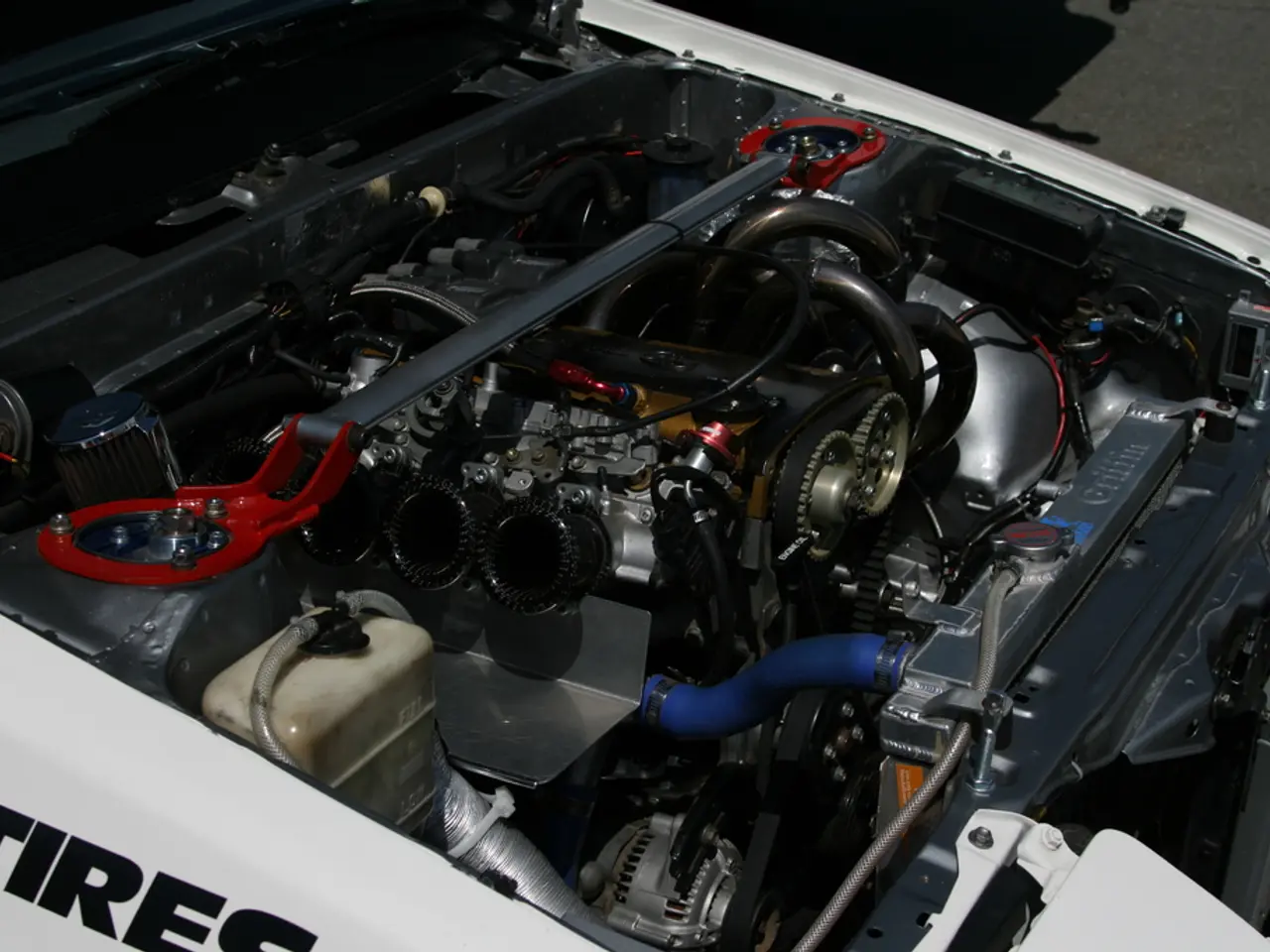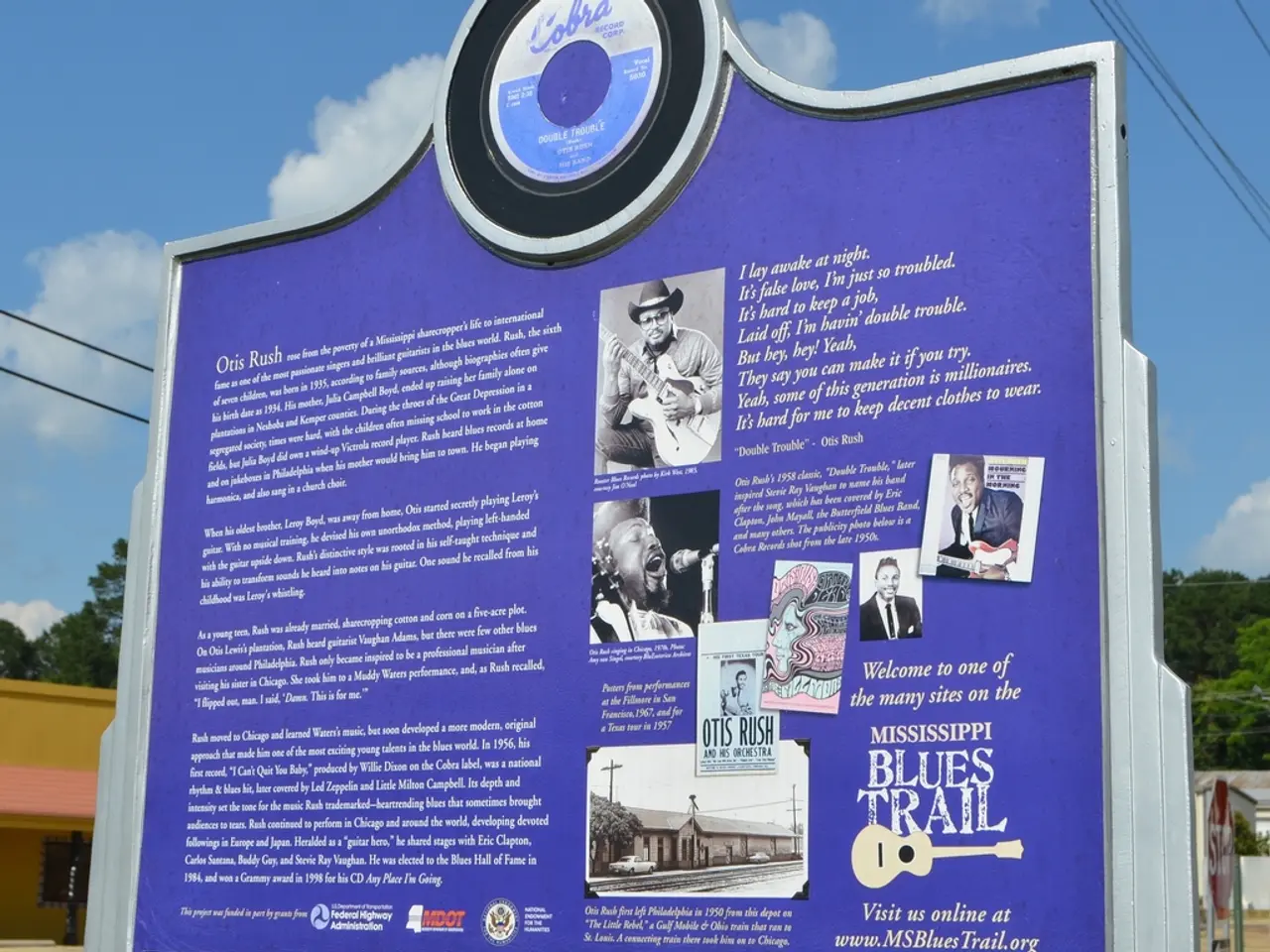Technical Files Relating to Fixed Engine Systems
The period from June 2005 to May 2010 saw the publication of a series of technical documents detailing the regulation of stationary engines, as used in industrial, agricultural, and utility settings. These documents, typical of regulatory agency packages, included Regulatory Impact Analyses (RIA), Responses to Public Comments, technical memos, and analytical reports.
The RIA quantified the economic impacts, costs, and benefits of the proposed rules, taking into account factors such as fuel use, emissions reductions, cost of control technology, and expected compliance timelines. The Response to Comments addressed concerns, suggestions, and criticisms raised during the public comment period, clarifying technical points and justifying regulatory decisions. Technical Memos and Supporting Analyses provided detailed data and methodology used to estimate emissions, air quality benefits, technology feasibility, and health impact assessments. Memoranda on Specific Topics might include analyses of alternative control technologies, cost-effectiveness tests, risk assessments, and updates on implementation gaps.
In 2005, rules for controlling diesel particulate matter (PM) and NOx emissions in public and utility fleets were introduced, with requirements for Best Available Control Technology (BACT) implementations reflecting extensive rulemaking documentation, including Regulatory Impact Analyses and formal responses to public feedback.
Unfortunately, direct access to the exact stationary engine rule-related technical documents from 2005-2010 is not readily available in current search results. To obtain these, one usually needs to refer to archived EPA or CARB regulatory docket websites or specific agency archives.
Some of the key documents from this period include a Population and Projections for Stationary Diesel Engines, issued in June 2005, an Emission Reduction Associated with NSPS for Stationary CI ICE, also documented in June 2005, and a Cost per Ton for NSPS for Stationary CI ICE. A response to comments regarding stationary compression ignition RICE was issued in May 2011, along with memos on controlling costs for both existing stationary compression ignition RICE and spark ignition RICE.
Additional documents from this period include an Economic Impact Analysis conducted in June 2005 for Standards of Performance for Stationary Compression Ignition Internal Combustion Engines, an Economic Impact and Small Business Analysis completed for the final amendments to the Compression Ignition (CI) Engine New Source Performance Standard in April 2011, and a document on Control Costs for NOx Adsorbers and CDPF for Stationary CI ICE, issued in May 2005.
Lastly, an Alternative Control Techniques Document for Stationary Diesel Engines was issued in March 2010, and it's worth noting that the Regulatory Impact Analysis has been conducted. A Cost Impact Associated with NSPS for Stationary CI ICE was documented in June 2005.
These types of documents comprehensively address the scientific, economic, and procedural aspects of stationary engine regulations via detailed technical and policy-oriented analyses, facilitating transparent and informed regulatory decisions. For those interested in accessing the actual content or summaries of these documents, regulatory archives of the agency responsible for stationary engine rules (e.g., EPA’s docket for NONROAD engines or CARB’s airborne toxics division) for the rulemaking period around 2005-2010 would be a valuable resource.
The technical documents published between June 2005 and May 2010, such as the Economic Impact Analysis for Standards of Performance for Stationary Compression Ignition Internal Combustion Engines, not only provided detailed scientific analysis but also addressed the financial implications, like the Cost Impact Associated with NSPS for Stationary CI ICE. Moreover, these documents delved into the realm of technology, with memos on controlling costs for both existing stationary compression ignition RICE and spark ignition RICE, and the Alternative Control Techniques Document for Stationary Diesel Engines.




